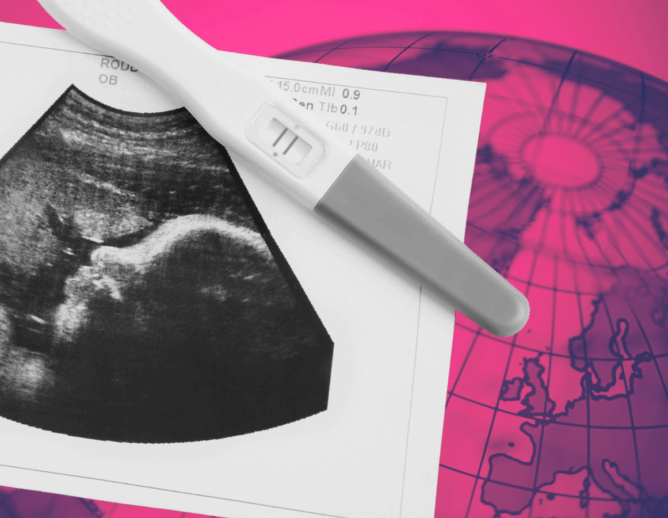On September 19, the most fundamental reform of the International Health Regulations (IHR) since 2005 came into effect. These amendments, adopted by the World Health Assembly (WHA) on June 1, 2024, are the product of years of negotiation shaped by the painful lessons of the COVID-19 pandemic. These amendments, along with the WHO pandemic agreement and the ongoing pathogen access and benefit-sharing (PABS) annex negotiations, reshape the architecture of global health security and governance. For India, this moment represents, once again, an opportunity to reform its legal preparedness.
The 2024 IHR Amendments
The 2024 amendments represent a significant shift from the technical, disease-focused approach of the 2005 Regulations to a framework emphasizing equity, solidarity, and enhanced international cooperation. At their core, these amendments introduce a higher level of alert — “pandemic emergency” — that builds on the existing public health emergency of international concern (PHEIC) mechanism. This new level of alert triggers enhanced international collaboration and resource mobilization for infectious diseases with widespread geographical spread and the capacity to overwhelm health systems.
The amendments also establish two new institutional innovations enhancing health security governance: the States Parties Committee for Implementation and the National IHR Authority. Both of these new mechanisms create state obligations to implement the amended IHR at the national level. The amendments also establish a Coordinating Financial Mechanism to identify funding gaps and mobilize resources to support developing countries in building and maintaining core capacities.
Importantly, the amendments expand the scope of the IHR, broadening the core capacities from surveillance and response to include prevention and preparedness, including a One Health approach that recognizes the close links between human and animal health and the environment. The amendments also introduce obligations to facilitate equitable access to medicines and vaccines, promote research and development, and support local production. These provisions reflect India’s own advocacy throughout the negotiations for greater equity and solidarity in global health governance.
India’s Legislative Lacuna
Despite India’s active participation in the amendment negotiations, its domestic legal framework remains inadequate to implement the enhanced IHR obligations.
India’s pandemic response has relied primarily on two statutes. The colonial-era Epidemic Disease Act of 1897 grants broad emergency powers but is silent on many important health security issues, including supply chain management, coordinated response mechanisms, surveillance, laboratories, and equity in access to countermeasures (vaccines, medicines, diagnostics). While more contemporary, the Disaster Management Act of 2005 treats health emergencies as merely one category of disaster, lacking the specialized provisions necessary for infectious disease control. Neither of these legislations was designed for the complexities of modern pandemic preparedness and response. This legal patchwork exposed critical vulnerabilities during the COVID-19 pandemic, including a lack of coordination between central and state authorities, inadequate resource allocation, and delayed decision-making. While capacity exists, outdated laws and fragmented governance have prevented consistent compliance with the IHR 2005.
Multiple expert committees, including the NITI Aayog Expert Group on Future Pandemic Preparedness, have called for a dedicated Public Health Emergency Management Act (PHEMA) in their August 2024 report. However, despite legislative attempts in 2017 and 2020, no comprehensive public health emergency law has emerged.
Upgrading India’s Legal Preparedness
The amended IHR imposes specific obligations that India must urgently address.
First, the Indian Parliament must prioritize the passage of comprehensive public health emergency legislation that is compatible with India’s federal structure. The proposed PHEMA should establish clear authority structures, define emergency powers with appropriate safeguards, and create mechanisms for inter-governmental coordination.
Second, the Parliament must establish or designate a national IHR authority to coordinate national implementation across all relevant sectors and multiple levels of governance — moving beyond the traditional health ministry silo approach that proved problematic during COVID-19. This authority should be positioned at the highest level of government, such as within the Prime Minister’s Office, to ensure effective coordination across ministries and states.
Third, the enhanced surveillance and reporting requirements require robust, real-time disease surveillance systems. While India has made progress with its Integrated Disease Surveillance Programme (IDSP) and the Integrated Health Information Platform (IHIP), significant gaps remain in geographic coverage, private-sector integration, and inter-program coordination. The vision for a unified surveillance platform by 2035, built around Electronic Health Records and unique health identifiers, still remains largely aspirational. Without accelerated investments in digital health infrastructure, interoperability, and privacy safeguards, as well as in the integration of private-sector data, India risks falling short of the IHR’s enhanced surveillance requirements.
Fourth, the amendments’ emphasis on equitable access to medical countermeasures during health emergencies requires India to develop mechanisms for rapid and equitable procurement, distribution, and administration of essential health products. Doing so requires creating and updating both regulatory frameworks and supply chain resilience.
Finally, the amended IHR’s Coordinating Financial Mechanism offers India opportunities to access international funding for capacity building. However, the IHR also requires countries to “maintain or increase their domestic funding” for its implementation. This dual obligation — seeking international support while demonstrating national commitment — demands strategic budget allocation and innovative financing mechanisms.
To help operationalize the IHR amendments, in October, the WHO published a multi-hazard Health Emergency Alert and Response Framework, which provides guidance for coordinating emergency response in countries under the global Health Emergency Preparedness, Resilience and Response framework. The Indian government should take advantage of this updated guidance to integrate performance evaluation into its response to different hazards. The government should also introduce timelines for completing key activities for both outbreaks and disasters, building on the 7-1-7 evaluation framework, which sets performance targets of seven days to detect an outbreak, one day to notify public health authorities, and seven days to complete early response actions.
Looking Ahead
The newest amendments to the International Health Regulations represent more than just technical regulations; they embody a new vision of global health security that India helped shape, grounded in the dual principles of scientific exchange and equitable access. India’s journey from colonial-era epidemic laws to 21st-century pandemic preparedness and response cannot be delayed further. India has the resources, expertise, and political weight to set a global example.
By updating its laws and institutions and embracing equity in health security in accordance with the IHR Amendments, India can demonstrate leadership not only in protecting its own population but also in advancing a more equitable, resilient global health order.
DISCLAIMER: The views and opinions expressed in this piece are those of the authors and do not reflect the views of the O’Neill Institute.



